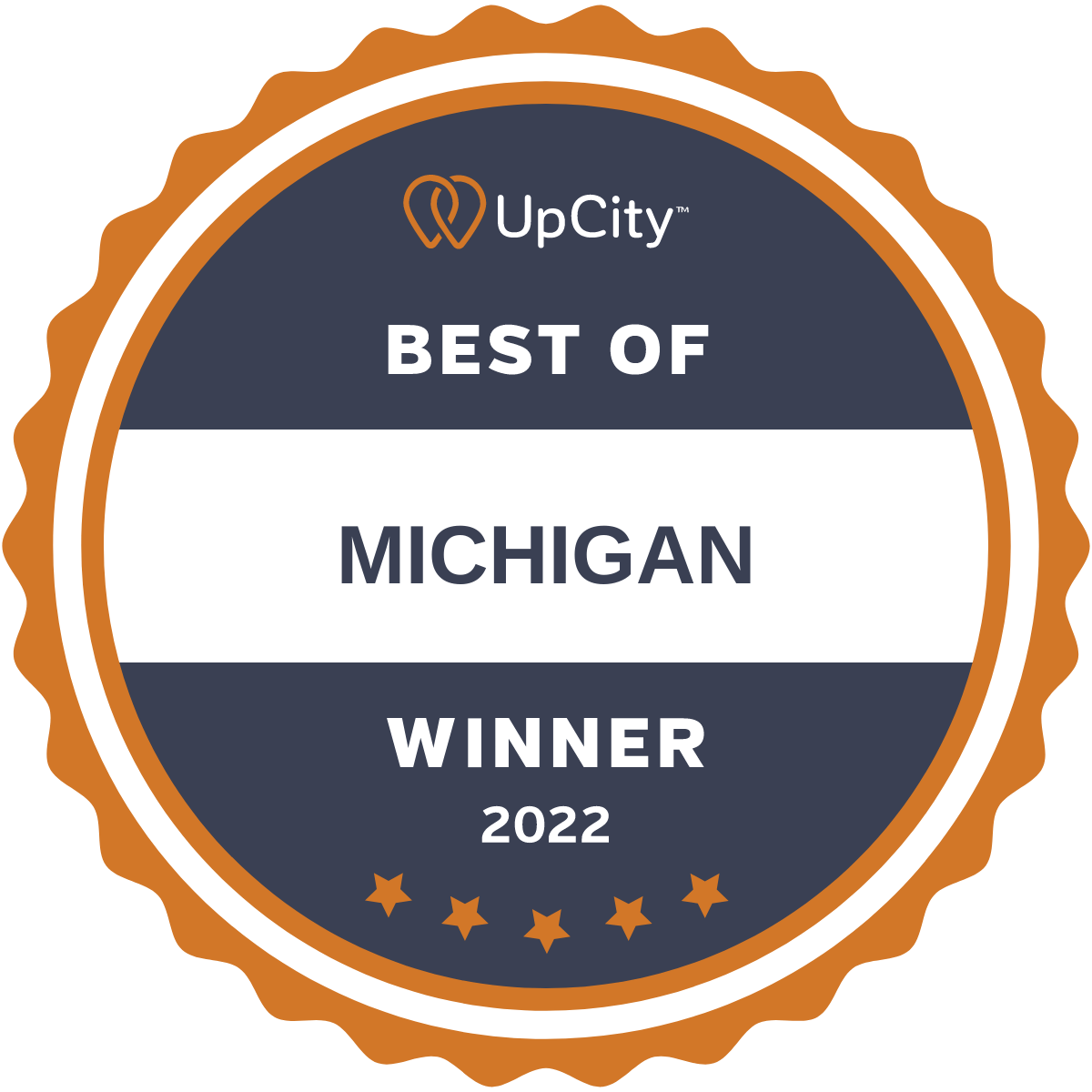How to Create a Powerful SEO Strategy This Year
An SEO strategy acts as your roadmap for organizing your website's content. It focuses on aligning your content with the topics your target audience is actively searching for. This strategic approach maximizes your website's chances of appearing in relevant search results, leading to increased organic traffic.
A well-defined SEO strategy provides clear direction for your content creation efforts. Rather than simply guessing what your audience might find interesting, you'll be guided by their actual search queries. This targeted approach ensures you invest time and resources into content with a high potential for attracting visitors and boosting your search engine visibility.
📲 Do you need an expert resource to set up your business's SEO campaign? Schedule a Call with Speck Designs. 📞
Why Mobile SEO is a Must-Have in Your Strategy
Prioritizing mobile SEO isn't optional; it's a core component of any successful online strategy. Mobile optimization focuses on making your website function flawlessly on smartphones and tablets, offering mobile visitors the same seamless experience as desktop users.
Here's why you can't afford to neglect mobile SEO:
Google's Mobile-First Mandate:
Google understands the shift to mobile search and prioritizes the mobile version of your website for ranking and indexing. Not optimizing for mobile could seriously harm your search visibility.
Mobile Search Dominance:
With over 60% of Google searches happening on mobile, ignoring this audience would severely limit your reach and potential traffic.
Key Mobile Considerations:
While many SEO principles overlap, mobile SEO demands specific attention. Page speed, responsive design (how your site adapts to different screen sizes), local search optimization, and ensuring your content translates well on smaller screens are all vital for mobile success.
Bottom Line:
Without a solid mobile SEO strategy, you handicap your efforts to attract and engage your audience.
An SEO Strategy for Everyone
What's the Heart of SEO Success?
While search engine algorithms are constantly evolving, the core principle of SEO remains constant: prioritize the user experience. Focusing on creating valuable, informative content that genuinely helps your target audience isn't just good practice; it's the foundation for sustainable SEO success.
Step 1: Understanding Your Search Landscape
If you kickstart your SEO journey in 2024, it's crucial to understand how people search for businesses like yours. Begin by searching for your business's "head term" on Google. This is the broad word or phrase that best describes what you offer (for example, "software development" or "software development").
Head terms usually have a lot of monthly searches, making them competitive to rank for. The purpose of this step isn't to find exact keywords right away but to get a feel for what people are searching for. Pay attention to:
Auto-complete suggestions: What other related phrases pop up as you type?
Search Results: What types of websites currently rank? Are they competitors, informational sites, or a mix?
Don't worry about fancy SEO tools just yet. If you have access to them (like Semrush), they can provide valuable insights into the search volume and how tough it might be to rank on the first page of results.
Step 2: Use Google's Clues to Your Advantage
Once you've searched your head term, peek at Google's suggested filters (which appear directly under the search bar). Ignore the standard ones like "Images" or "Maps". We're interested in the unique filters Google generates based on your search.
These filters are like hidden goldmines! They help you figure out:
Related Topics: What else are people searching for about your leading service?
User Needs: What kind of information would benefit your potential audience?
Matching Expectations: Does your offer align with what people are searching for?
Content Inspiration: Could you create a helpful article or product page that addresses what people seek?
All of this gives you a strategic advantage! Remember, we haven't looked at how competitive these terms are yet. Remember, head terms are strict to rank for. You'll want to target long-tail keywords (more specific phrases) for your actual SEO work. Start brainstorming these by clicking on the filters and exploring related terms.
Step 3: Analyze SERPs
Now that you have a good handle on your head term and the filters Google suggests, it's time to examine the search engine results pages. Go a few clicks deep using the filters to get ideas for potential long-tail keywords.
As you browse the results, pay attention to:
The Crowd: Just how many websites are trying to rank for these terms?
Types of Websites: Are the results dominated by big-name sites (like the New York Times) or smaller players and niche blogs?
Top of the Page: What appears "above the fold" (before you scroll down)? Are there also ads, featured snippets, or other unique elements?
Content Focus: What types of pages rank well – are they product pages, in-depth articles, etc.?
This detective work will give you valuable insights into how competitive your chosen keywords might be and help shape your content strategy.
Step 4: Learn from the Top Players
Once you've found a promising keyword, it's time to study the websites that currently rank well. Remember, SEO is a competitive game! To succeed, you must understand what your rivals are doing right and where you can improve.
It's not about simply copying others. Instead, it's about identifying what makes Google favor its content. While traditional factors like article length and backlinks still matter, Google's algorithm has become incredibly sophisticated. Modern SEO success requires a holistic approach:
Website Factors: Consider the age and overall authority of competing websites. Do they have a proven track record and reputation in their field?
User Experience: How easy to use and navigate are their sites? Do they load fast and look good on different devices?
Structure Matters: Google pays attention to how a site is organized. Does it use clear headings and have a logical flow of information?
This analysis is your blueprint for improvement. It reveals what Google currently rewards and helps you pinpoint areas where you can outshine your competition to climb the rankings.
Step 5: Start Generating Digital Authority
When building authority, content is king, and backlinks are queen. Digital authority is paramount. Writing content with SEO in mind and crossing your fingers isn't enough to rank well in search engines anymore. The days of getting good rankings just by using the keyword in everything from titles to body copy are over. Google now considers many variables when determining article quality, such as authority, trustworthiness, experience, and competence.
These standards are part of Google's Search Quality Rater and are collectively known as E-E-A-T (Experience, Expertise, Authoritativeness, and Trustworthiness). Verify your qualifications with Google so they can trust you to provide relevant results to searchers. Plus, it also checks your legitimacy in that area if you're selling something.










